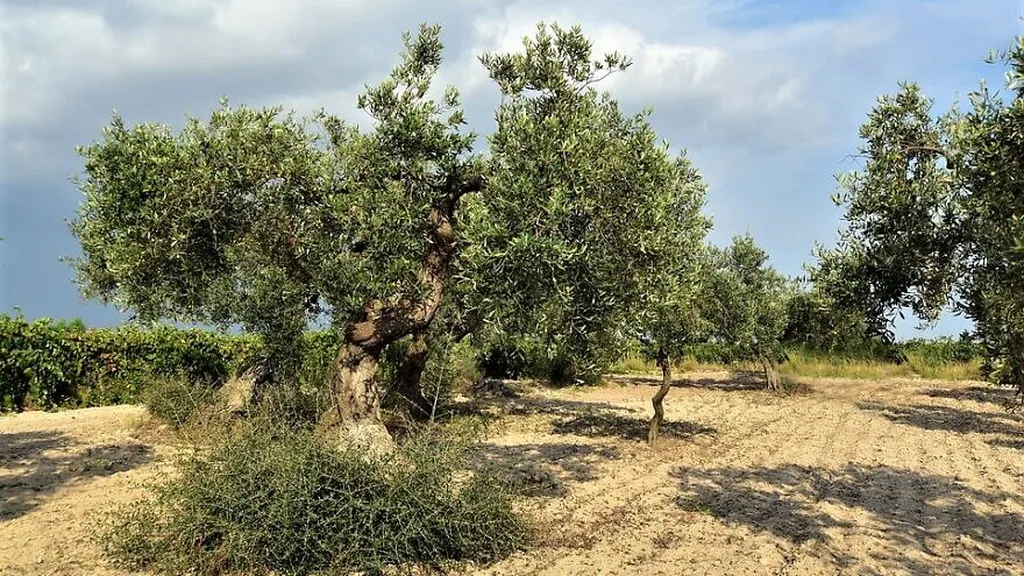In the heart of Iran’s Ilam province, a quiet revolution is taking root, one olive tree at a time. Researchers, led by Sara Ranjbar from the Department of Entrepreneurship and Rural Development at Ilam University, are exploring how olive cultivation can transform the agricultural landscape and boost sustainable agribusiness in the region. Their findings, published in the journal “Strategies in Agricultural Entrepreneurship” (راهبردهای کارآفرینی در کشاورزی), offer a roadmap for rural development that could resonate far beyond the rolling hills of Rijab City.
Ranjbar and her team set out to address a pressing issue: despite extensive rural development programs, poverty and inequality persist in many Iranian villages. Unemployment, land degradation, and low agricultural yields are just a few of the challenges facing rural communities. The researchers saw an opportunity in olive cultivation, a crop that has thrived in the region for centuries. “Olive trees are resilient, adaptable, and valuable,” Ranjbar explains. “They can bring prosperity to rural areas and create sustainable livelihoods for farmers.”
To identify the most effective strategies for developing olive cultivation, the researchers employed a combined qualitative-quantitative approach, including Delphi methods and hierarchical analysis. They engaged a panel of 21 experts, including leading farmers and officials from the Agricultural Jihad Organization, to gather and prioritize solutions. After three rounds of deliberation, the panel identified 27 strategies, categorized into four main groups: educational and skill-based solutions, cultural and social solutions, infrastructural and service solutions, and economic and support solutions.
The most frequently cited strategies fell under the economic and support category. “Providing low-interest facilities for constructing olive groves and developing olive processing and packaging industries emerged as the most important solutions,” Ranjbar notes. These strategies, along with efforts to attract investors and establish training programs, could significantly boost olive production and create job opportunities in the region.
The potential commercial impacts of this research are substantial. Olive cultivation requires labor at every stage, from planting to harvesting, which can stimulate local economies and reduce unemployment. Moreover, the development of olive processing industries can add value to the crop and create new business opportunities. As Ranjbar points out, “The development of olive groves can create a competitive advantage that attracts investors from other regions.”
The research also highlights the importance of sustainable agricultural practices. Olive trees are well-suited to the region’s ecological conditions, and their cultivation can help prevent soil erosion and promote long-term food security. By investing in olive cultivation, farmers can achieve stable and permanent income, contributing to the overall welfare of rural communities.
The findings of this study offer a promising path forward for sustainable agribusiness development in Iran and beyond. As the global demand for olive oil and other olive products continues to grow, the insights gained from this research could shape future developments in the field. By prioritizing strategies that support farmers, attract investors, and promote sustainable practices, policymakers and agricultural entrepreneurs can unlock the full potential of olive cultivation and create thriving rural economies.
In the words of Ranjbar, “Olive cultivation is not just about growing trees; it’s about building communities and securing a sustainable future for rural areas.” With the right strategies and investments, the quiet revolution in Rijab City could blossom into a model for agricultural development worldwide.

